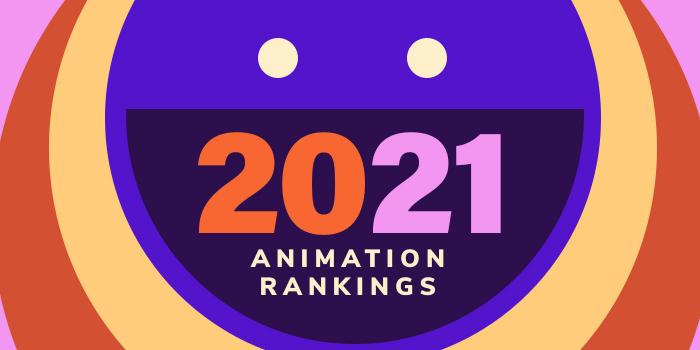Columbus College of Art and Design (CCAD) was established in 1879 as Columbus Art School. Famous visitors to the campus during the school’s early years through the 1930s include First Lady Lucy Hayes, wife of President Rutherford B. Hayes, American artist Georgia O’Keefe, and writer Oscar Wilde. One of the oldest private art and design colleges in the United States, CCAD graduated its first class in 1885 and later added programs such as advertising, illustration, and industrial design. By 1970, CCAD had produced its first class of BFA graduates.
Today, CCAD serves more than 1,300 students enrolled in dozens of degree programs, concentrations, and minors. Programs for aspiring animators include an Animation BFA and an MFA in Visual Arts.
The Animation Program was established in 1987. Consisting of 120 credit hours of study, the program has the option to add a 15-credit hour minor such as Animation 2D, Animation 3D, Film & Video, or Illustration. Per the school, students in the program will “dive right into cutting-edge animation techniques and learn 2D, 3D, and experimental styles, as well as game art, motion graphics, digital modeling, virtual reality, and more.” Program highlights include access to industry-standard facilities such as the Cloyd Family Animation Center, support of peers through the Animation Student Collective, and guidance from creative faculty who are experts in the field.
Graduates of the program work in a variety of positions and fields. Just a few include augmented reality designer, character animator for feature films, game artist, motion designer, and television animator. Recent employers include Cartoon Network, DreamWorks Animation, Electronic Arts, Laika, Nickelodeon Animation Studio, Phosphor Games, Pixar, Riot Games, Sony Pictures Animation, and Walt Disney Animation Studios.
In the MFA in Visual Studies program, students have executed individual projects from animation and video to interactive design and illustration. The school says that the program “stresses studio mastery, individual scholarship, and real-world practices such as organization, communication, clarity of thought, leadership, and entrepreneurial skills.” The school has built an environment to fuel collaboration, experimentation, and creation as students’ work on their individual projects.
MFA students work in a personal studio that can be accessed 24/7. The 13,700-square-foot graduate facility also houses faculty offices, a lounge, and an exhibition space. Students also have access to CCAD’s library, plus many labs, shops, the Tad Jeffrey FabLab, computer complexes, darkrooms, studios, and digital printing facilities.
Other MFA program highlights include visiting guest artists, designers, and scholars each semester who teach workshops and seminars, engage in one-on-one mentoring with students, and lecture as part of CCAD’s visiting scholars series, and participation in an off-campus experience. Options include individual mentoring with an artist or professional, foreign study, or an internship with a nonprofit or business. Experiences have taken students to places such as Chicago, Honduras, Ireland, New York, Oregon, and Seattle.
Students in both the BFA and MFA programs may participate in CCAD’s International Exchange Program, which highlights study at China Academy of Art, Hangzhou, China; Universidad Mayor, Santiago, Chile; Xi’an Fine Arts Academy, Xi’an, China, and Northumbria, Newcastle, England. Students may also study at CCAD-approved programs at Studio Art Centers, Florence, Italy, and University of Arts London, London.







